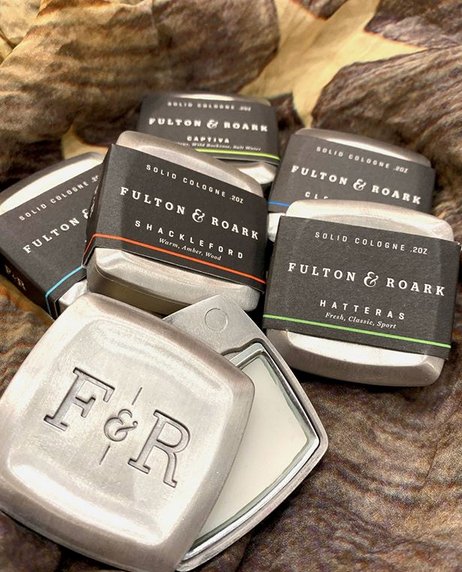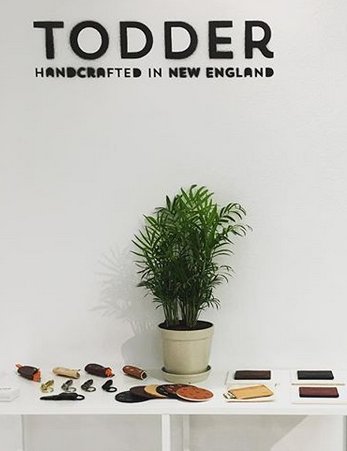Hand-Sewn American Flags
Today we’ll delve deeper into American flags, where we feature and discuss spectacular hand-sewn flags. Handmade flags are always interesting and always different; see why in this week’s blog!
The Making of the American Flag
Many people are often quite shocked to learn that the American flag did not always look as it does today. In fact for over a century there were very little rules about what the American flag needed to look like. It had to have stripes, both alternating colors of red and white, and it needed white stars against a blue canton. Up until 1912, that was it.
Prior to the 1910s, the appearance of American flags were simply determined by the maker. While the general gist was the same-- stars and stripes with red, white and blue-- the flags could be entirely different from one another.
Making it even more difficult for Americans to determine their flag, the country was constantly changing. The United States as it began in 1776 did not stay stagnant for long. Pretty soon more states, newly founded and recently acquired, were admitted into the ever changing Union. Over time, what were formerly territories became additional states to be added to the U.S. This meant that the American flag, with its stars representative of states, needed to constantly change.
Official and Unofficial
Over the course of American history, there have been a whopping 27 different official flag variants. To make an official change to the flag, the admitted state would need to be added to the flag on the 4th of July following the admittance date. Some years, there were one or more states admitted, which would change the flag star count by one or more stars on the following July 4th. Sometimes, there were no new states to be added for a number of years keeping the flag the same for quite some time. However, over the course of history, the official flag needed to keep changing to keep up with the constantly evolving landscape.
Official flags were issued by the United States government and printed on thin material such as silk, linen, or cotton. These flags were then dispersed throughout the U.S. to wave in parades, use in battle, or for patriotic display. Very few flags were produced prior to the early-mid 1800s. Printed flags, even though produced by the government, were not uniform and often introduced whimsical star patterns and configurations.
By the mid 1800s, a swell in patriotism sparked the production of handmade flags for personal display. Rather than buying a government-made printed flags, citizens often hand cut and sewed a flag on their own. Without strict rules on star configuration, flag makers were able to be creative with the placement of stars on the canton. We have seen incredible renditions, from large star and flower patterns to rings of encircling stars of varying sizes and shapes. For these early flag makers, the possibilities were endless.
While official flag variants were issued on the 4th of July following a state’s admittance, many Americans produced unofficial flags as well. These unofficial flags consisted of differing star counts, political campaign flags, celebratory flags, and even ones as crazy as menu flags! The handmade flags are arguably some of the most interesting, as they tell a story of the maker and are truly one-of-a-kind.
Handmade Flags
This hand-sewn flag below is a 21-star flag circa 1860-1865. If you take a look at the stars on the canton, you can notice that the stars all vary in size and shape and the configuration is whimsical without much order or purpose. The flag is hand-stitched with strips of linen and had been patched up in places. While this flag is original to Civil War era, the star count is not consistent with the number of states that were a part of the United States at the time. That is because this flag maker produced a southern-exclusionary flag to leave off the stars representative of the states that had succeeded from the Union.
Hand-sewn 21-Star American Flag
Southern-exclusionary flags were purely a homemade project, as President Lincoln strictly discouraged the production of exclusionary flags. Against Lincoln’s wishes, flag makers such as this one produced examples that they intended to fly for themselves. While it was not an official variant, these flags are some of the most interesting as all of the elements were handmade. The linen of the flag looks as if it is cut up and patched together, as if the flag maker used every ounce of fabric they could find.
The star pattern is interesting, as it features a center star that normally would signify the newly admitted state. However, the meaning of the center star cannot possibly be the same, as this flag excludes the newly admitted southern states from the canton. Perhaps the flag maker took influence from other flags that they had seen around and constructed something completely their own as a result.
Handmade flags capture history in each of their stars and stripes. Some of the most interesting flags were produced by individuals and passed down through generations. Browse all of our flags on our website here.






